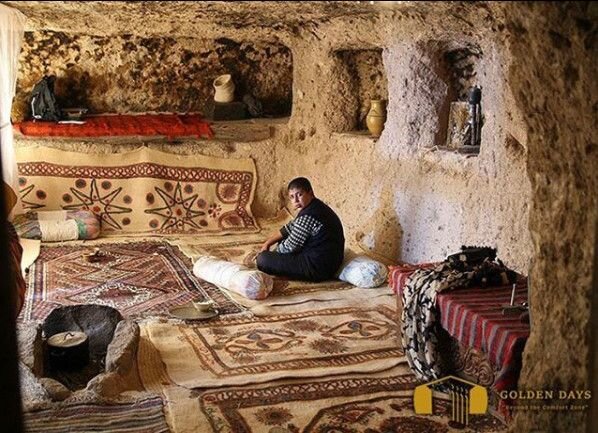INSUBCONTINENT EXCLUSIVE:
high presence of Iranian and foreign tourists in this village, completing its tourist infrastructure has been one of the priorities of the
UNESCO World Heritage in 2015 as an exemplar system of manmade cave dwellings that is believed to be practiced in the region to cope with
its harsh climate.Sandwiched between a desert and a mountain, Maymand has cold winters and exceedingly hot summers yet abundant with
mulberry and blackberry trees
Living conditions in the village are considered severe due to the aridity of the land, high temperatures in the summer, and very cold
Some of its natural and manmade caves are still used for housing and shelter.The houses in the continually inhabited village are carved like
caverns inside the mountain
The internal spaces have corridors and pillars featuring rural architecture
The houses are situated on four or five stories, one on top of the other.Narratives say the early residents did not use a hammer and chisel,
but rather a type of local, pointed stone that was hard enough to carve images onto the rocks
This method of carving is still practiced in the region
Some of the stone engravings in the village date back to 10,000 years ago.For the time being, the majority of inhabitants are semi-nomadic
They raise their animals on mountain pastures, living in temporary settlements in spring and autumn.The community has a strong bond with the
natural environment that is expressed in social practices, cultural ceremonies, and religious beliefs.The local dialect contains words from
the ancient Sassanid and Pahlavi languages
The dialect has barely changed due to the remoteness of the village.The area is also home to various animals such as snakes, lizards,
hedgehogs, deer, leopards, wolves, foxes, and also birds of prey
Few seasonal springs around the village contribute to the flourishing of agriculture in the area
In such an arid climate, residents have to collect every drop of water to make a living as their ancestors did.AM

